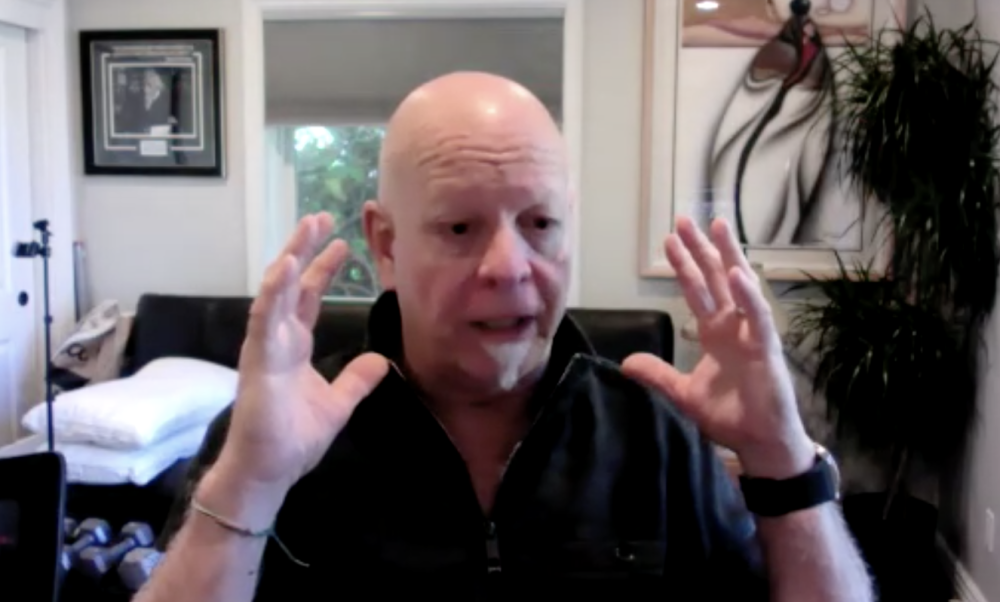As you settled in Tuesday night to embark in this new era of the “First Four” and tried to figure out what channel truTV was on, or if you settled for the ho-hum action of the NIT, the noticeable absence of Maryland basketball leaves many in the area pondering the same question.
What’s next for the Terps?
After failing to qualify for the NCAA tournament or NIT for the first time since 1993, Maryland finds itself in territory not seen in College Park since the inky shadow of NCAA probation was still lingering. But after a couple days to digest the duel rejection that ended a season of disappointment, are you really that distraught over missing out on the NIT, a tournament nobody wanted to go to anyway?
In retrospect, what did you really expect entering the 2010-11 season?
Losing three key seniors, including ACC player of the year Greivis Vasquez, not only left a 54.5 percent hole in scoring, but also valuable leadership difficult to replace. Beyond the anticipated improvement of Jordan Williams — who blossomed into the best big man in the ACC as a sophomore — coach Gary Williams would bestow his hopes on three seniors who combined to score 14.7 points per game as juniors to lead the Terps back to the NCAA tournament for the third straight year.
Repeating as ACC regular season co-champions seemed out of the question, but reaching the tournament was a possibility if the ball bounced Maryland’s way.
It proved to be too much to ask of a disappointing senior class — which originally included forwards Braxton Dupree and Shane Walker who left the program for Towson and Loyola respectively — that never lived up to lofty expectations. Ironically, it was Baltimore’s Dino Gregory, the least distinguished of the trio through three seasons, who showed the most improvement and outshone his veteran counterparts. His leadership and 9.1 scoring average was the bright spot of the senior class.
The first half of Adrian Bowie’s career was stronger than the finish, starting 28 games as a sophomore, but the Greenbelt product struggled to shoot consistently enough to make a significant impact in his final two seasons.
And, of course, there was the curious case of Cliff Tucker. Entering his senior season, many envisioned a Drew Nicholas-like senior season for Tucker after playing behind the likes of Vasquez and Eric Hayes. Instead, despite a strong start in which he reached double figures in narrow losses to Pitt and Illinois, he turned out to be, well, Cliff Tucker, the athletic and frustratingly inconsistent figure who could take over a game one moment and dribble the ball off his foot the next.
It’s a group that will be remembered for not being good enough, a description befitting the entire season.
Unlike most teams during Williams’ tenure at Maryland, this one never improved collectively, the curse of poor long-range shooting, inconsistency from the line, painful scoring droughts, and shoddy perimeter defense dooming the Terps countless times against the better teams on the schedule.
It was the improvement of freshmen Terrell Stoglin, Pe’Shon Howard, and Haukur Palsson that was often needed to counter the decline of Tucker and the inconsistency of Bowie and junior Sean Mosley down the stretch as Maryland held on to slim hopes of reaching the field of 68. The trio showed promise for the future, but growing pains escorted that development as the Terps dropped four of their last five games to end the 19-14 campaign.
For the fourth time in seven years, Maryland has fallen short of the NCAA tournament, and the detractors are once again pushing for change at the top. The effects of an underwhelming senior class are the responsibility of the man who recruited them.
What now for the iconic coach?
Regardless of where you stand with Williams, who has two years remaining on his current contract, the end is approaching some time in the not-so-distant future. For perspective, the legendary North Carolina coach Dean Smith stepped down at age 66, the same age Williams reached earlier this month. Crediting his good health, Williams has appeared re-energized since a not-so-secret attempt to push him away from the Maryland sideline two years ago. Still, Father Time waits for no one, and Williams’ departure is a reality for which athletic director Kevin Anderson must plan.
Despite the decline of the program since a national championship in 2002, the collective success of Williams’ 22 years at Maryland cannot be diminished, regardless of how entitled or disenchanted some might feel. He has earned the right to decide, within reason, when he’ll walk away from a Hall of Fame career, but you have to wonder if the hourglass has expired for him to guide the Terps back to the consistent top-25 — and even better — status they enjoyed a decade ago.
Even being in the November of his coaching career, I’ll still take Williams, the in-game coach, against anyone with comparable talent. But therein lies the problem. The Maryland coach cannot continue to bring a knife to a gun fight and expect favorable results over the long haul. A program cannot afford to have recruiting classes such as the one graduating in May without experiencing major bumps in the road.
Consistently falling to Duke and North Carolina in their best years is understandable. Finishing 0-5 against Virginia Tech, Boston College, and Miami — three NIT teams — and compiling a 10-20 mark against the three former Big East defectors since 2005 is unacceptable. Nobody knows that more than Williams.



























